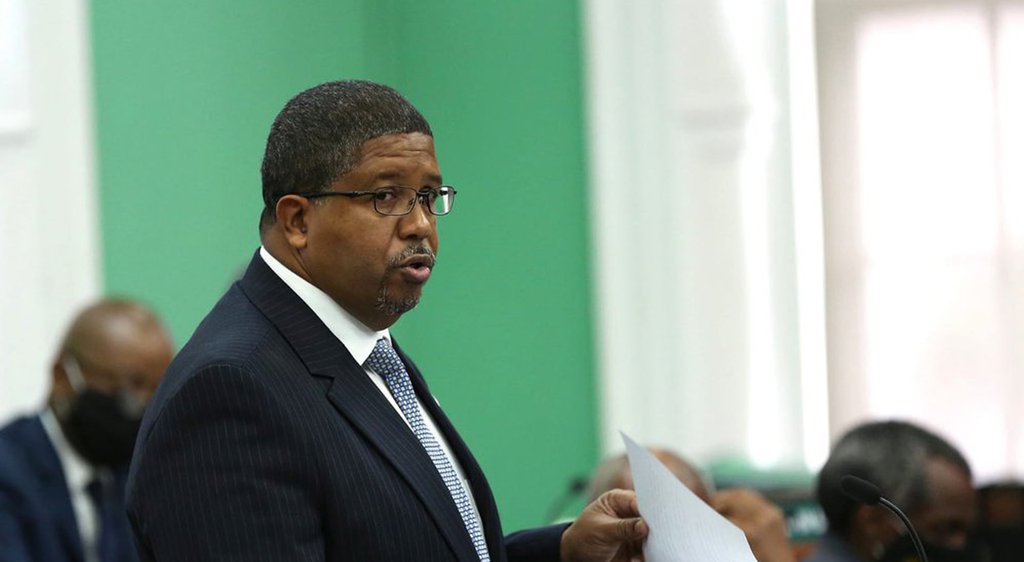In the wake of two unprecedented crises facing The Bahamas, the Government released its fiscal plan to address the fallout of these two catastrophic events with continued economic and medical assistance to its citizens and second, a comprehensive plan to rally the country’s economy. The announcement came during the Annual Budget Communication 2020/2021 on Wednesday morning in the House of Assembly.
Putting the government’s plan into context, Peter Turnquest, Deputy Prime Minister and Minster of Finance outlined the following:
- Dual crises have delivered fastest, deepest economic shock to The Bahamas ever (Bahamas' real GDP projected to decline by 12%. Global output for 2020 expected to be far worse than 2008/09 financial crisis)
- COVID-19 is affecting everyone so no need to sugarcoat the impact. The emergency is not over.
- Added pressure on Government revenues, and on public expenditure is enormous (Rev forecasted down $900m compared to last year)
- Temporary shift from fiscal consolidation to ‘Resilient Bahamas’ required ($1.3b deficit expected)
- Government’s contributions to the economy will be a vital lifeline for the economy in the immediate future
- No new taxes, massive layoffs or drastic expenditure reductions to prevent the further contraction of a weakened economy
- Resilient Bahamas provides solutions now to protect families, communities, and businesses, and to restore the economy
OBJECTIVES of The Restoration Plan
- Engender wellbeing and confidence in citizens and residents
- Maintain economic stability during the COVID-19 induced emergency
- Plant seeds for accelerated recovery
STRATEGY for The Restoration Plan
- Enhance Public Health & Safety
- Expand Social Protection
- Sustain Employment
- Strengthen the Domestic Economy
- Accelerate Government Reforms & National Resiliency
WHAT DOES IT LOOK LIKE IN PRACTICE?
- Smart, targeted investments that have direct impact
- Focused tax incentives to stimulate private sector growth; the mobilization of domestic capital; and the creation of construction jobs (Eg: Duty reductions on construction materials 45% to 20%, fishing and farming supplies).
- Sizeable capex increase (+$130 million) to stimulate employment from infrastructure projects
- Historic investment in small businesses sector (Budget increase from $5m to $55m)
- Extension and expansion of tax credit and deferrals to help sustain employment ($120m in foregone revenue)
- $18m to expand free primary care coverage through National Health Insurance (no additional taxation or employee mandated needed)
- $1.6m new food security and sustainability initiatives
- $2m In additional funding to maintain free education at the UB and BTVI
- Several policy initiatives to accelerate digitization, including a transition to cashless commerce, and reform of state-owned enterprises
- And more...
ULTIMATE OUTCOME:
A nation restored from the ashes of a crises, prepared and ready to drive the economic recovery.
"There is a substantial cost to implementing the Resilient Bahamas Plan. But the prospect of doing nothing — or of doing too little — would lead us to a much worse fate," said Turnquest.

